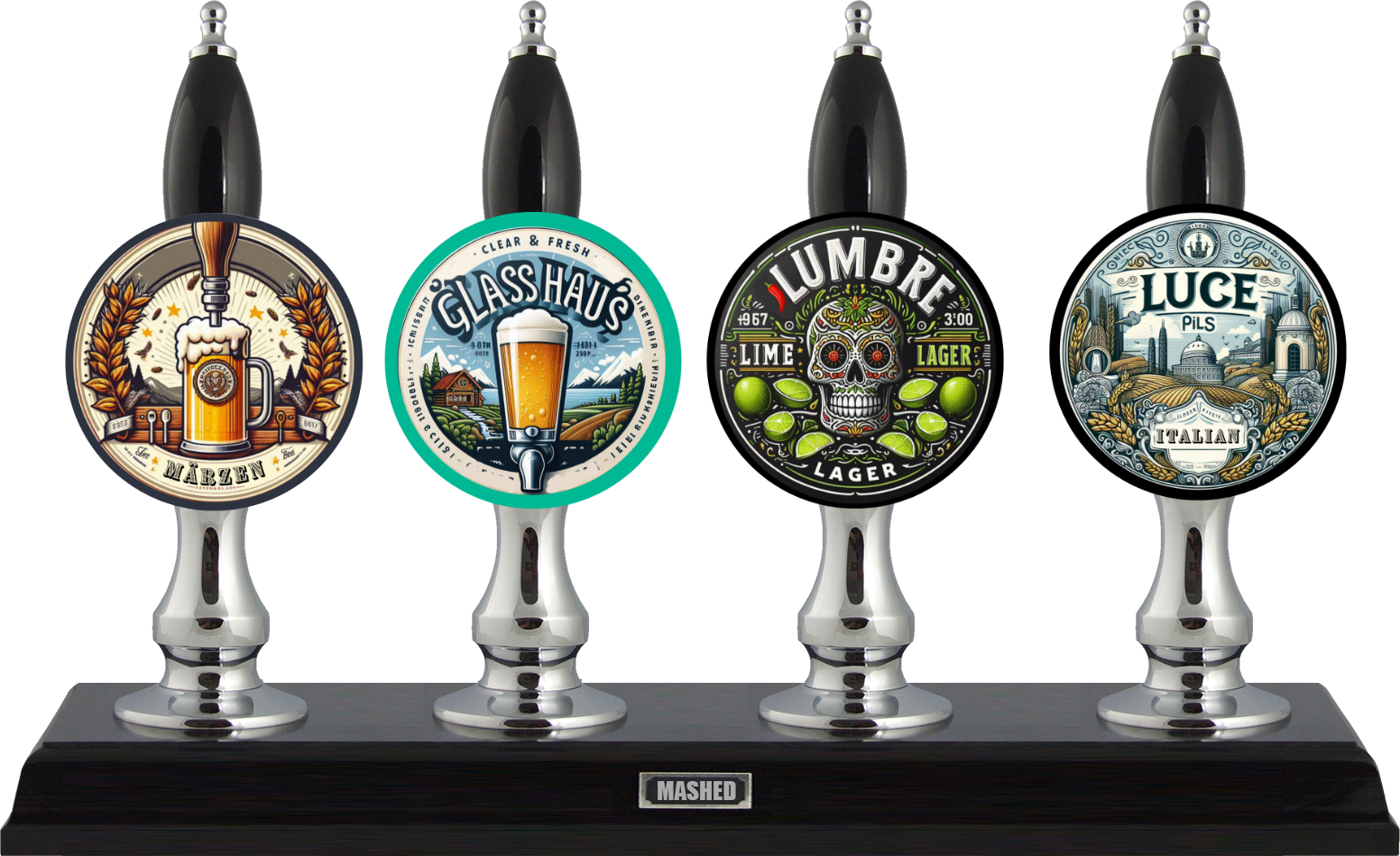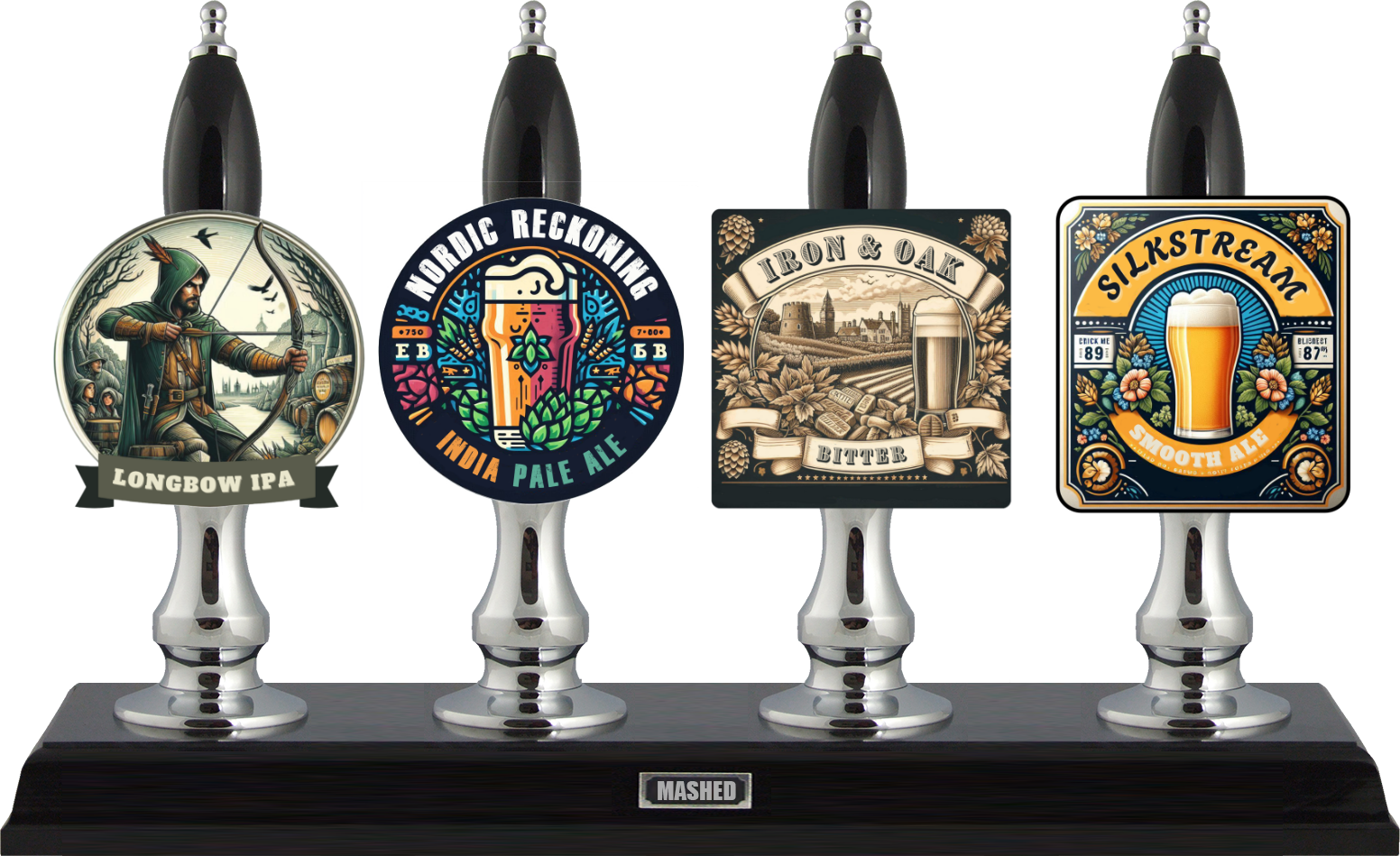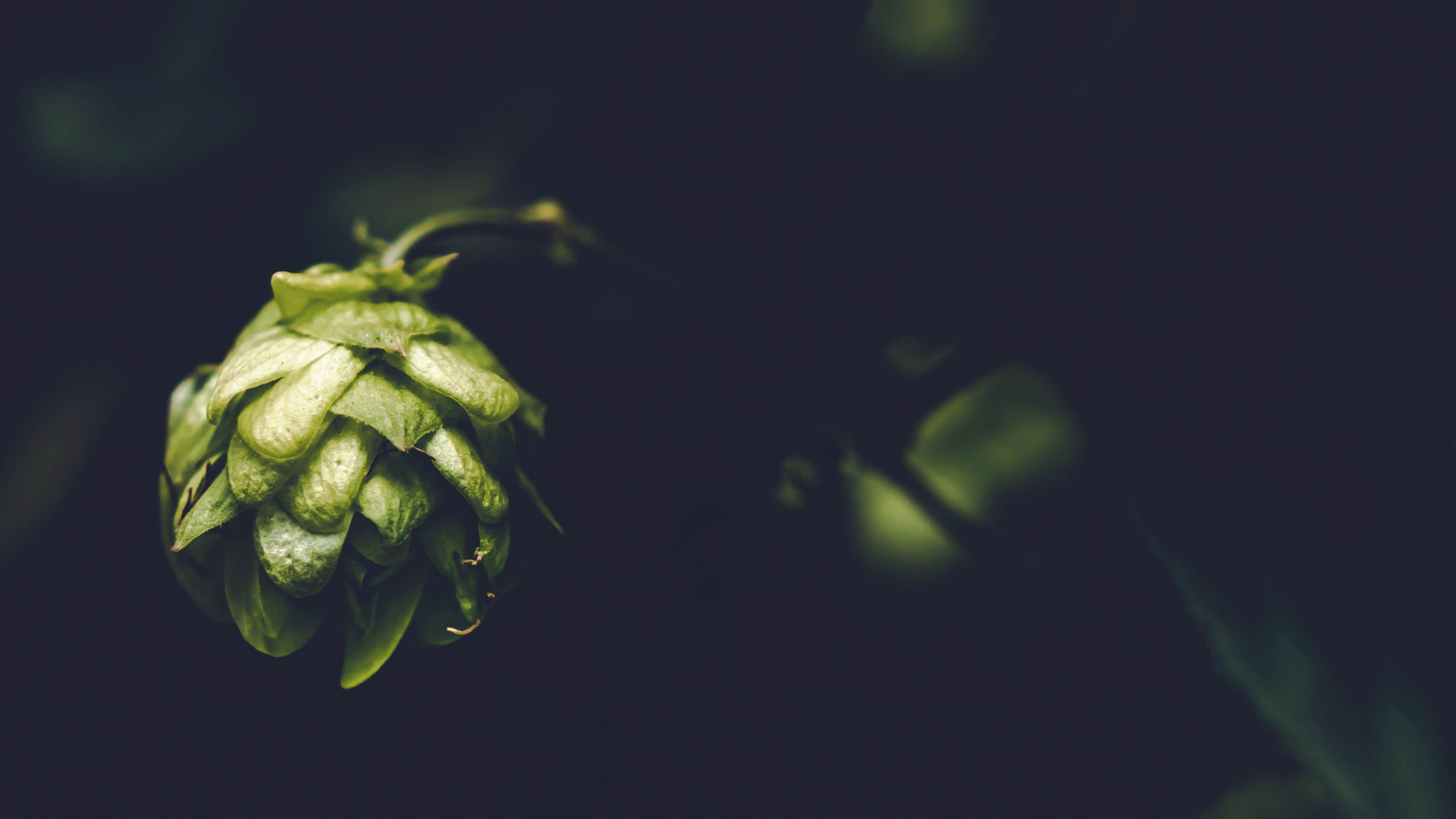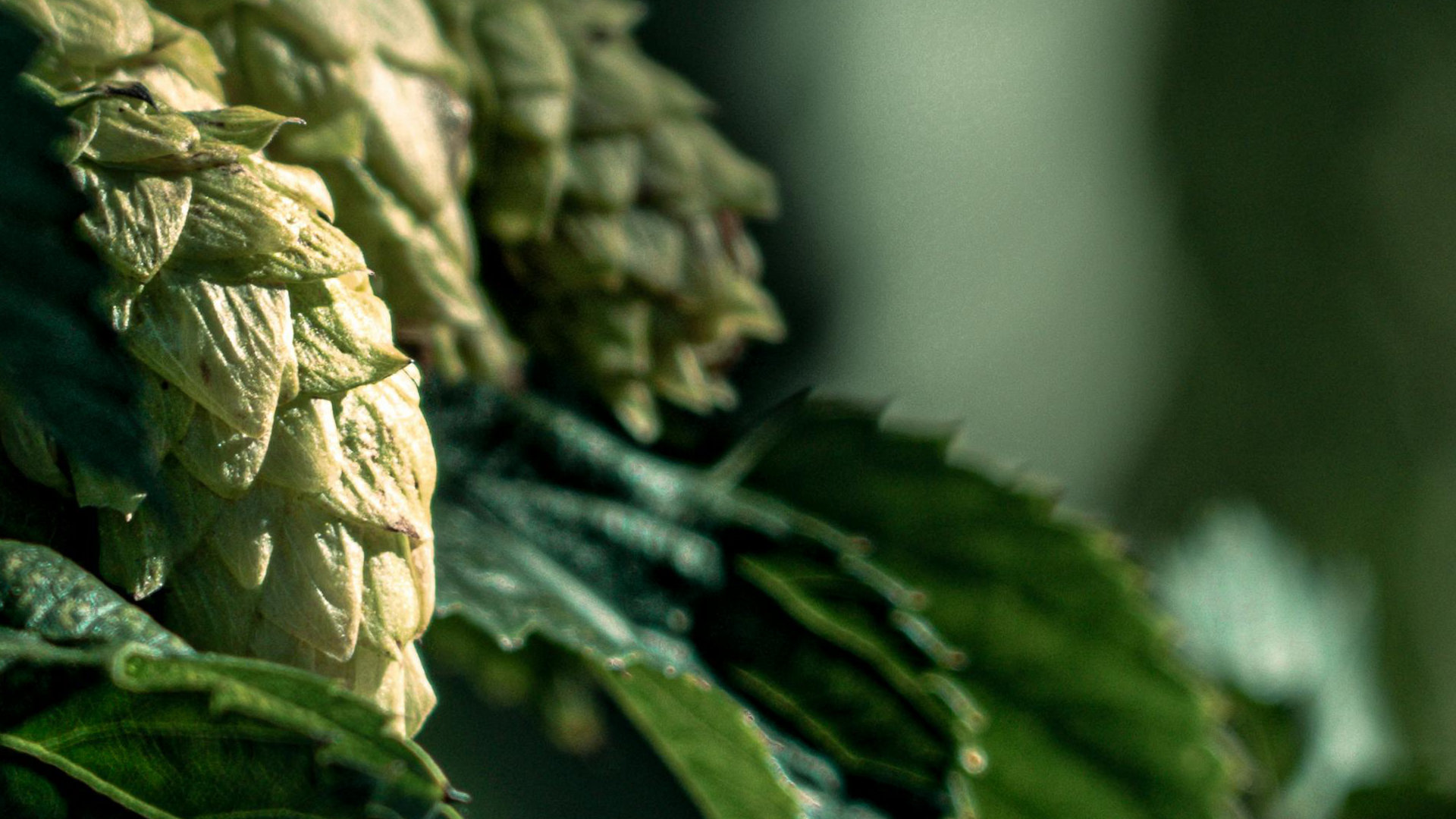I once heard Pilsner described as “posh lagerâ€. I’m assuming they were referring to traditional Czech or German Pilsners rather than the likes of the American Budweiser. We’ll put it down to the nobility of those hops which bring the spice to a Pilsner, and that perfectly balanced biscuity malty smoothness. You know the one: that well-hopped, crisp pint of pale yellow beauty sitting below a dense crown of foam. Droplets of condensation sashay down the glass making it very classy company for the night.
The origins of Pilsner (or Pilsener as Czech Pilsner is also called) is a bit of a rags-to-riches tale. Pilsner originated from Bohemia in the Czech Republic in 1842 from a town called Plzeň (Pilsen) by Bavarian brewer Josef Groll. It’s said that Pilsner was born from necessity after the people of Plzeň revolted at the existing revolting beer and poured 36 kegs of the stuff into the river in protest. Head brewer Groll and architect and brewery builder Martin Stelzer were brought in to rectify things. And succeed they did. It’s now the most popular beer style in the world.
This delicious new beer soon became popular and started to spread: first to neighbouring areas, then to Germany and on to other European countries and the rest of the world. The Plzeň water profile and locally grown Saaz hops gave (and still do) Bohemian Pilsner its distinct flavour. Areas in Southern Germany were able to produce a very similar Pilsner thanks to their soft water and access to noble hops with profiles close to Saaz. But further north, the German water had higher sulphate levels resulting in a less sweet and more bitter brew. And that remains the case with German Pils today.
BREWING PILSNER
Like other styles in the lager family, brewing a Pilsner can be tricky as its super clean flavour profile means there’s not much to hide behind. Plus you’ve got time and temperature to wrestle with. And lager yeasts can be more temperamental than ale yeasts too. And don’t skimp on the quality of your ingredients either. So while brewing a Pilsner involves a bit more skill and a lot more patience it’s well worth the effort - you’ll be rewarded with a hugely satisfying pint. It is, after all, a “posh†pint.
We covered lager in issue 09, Autumn 2021, so refer to that for great tips on brewing a brilliant lager and how to get a clear brew. You can order back copies from darkfarm.co.uk
Czech Vs German: A Quick Comparison
Czech Pilsner
IBUs 35 – 45
SRM 3.5 – 6
OG 1.044 – 1.056
FG 1.013 – 1.017
ABV 4.2 – 5.4%
German Pils
IBUs 25 – 45
SRM 2 – 5
OG 1.044 – 1.050
FG 1.008 – 1.013
ABV 4.4 – 5.2%
Czech / Bohemian Pilsner
APPEARANCE: Pale to deep gold colour. Dense, creamy, long-lasting white head.
AROMA: Clean bready, malt aroma. Floral or spicy scent of Saaz hops. Possible light DMA aroma.
FLAVOUR: Saaz hops; sweet malt with caramel notes. Hoppy and biscuity with a clean, bitter and dry finish. Complex yet well-balanced and refreshing.
CLARITY: Brilliant to very clear.
MOUTHFEEL: Medium bodied. Light to medium carbonation
INGREDIENTS: Pilsner malt. Saaz hops.Soft water with a low mineral content. Czech lager yeast.
COMMERCIAL EXAMPLES: Budweiser Budvar, Pilsner Urquell, Bohem Brewery Amos Czech Pilsner
German Pilsner (Pils)
APPEARANCE: Straw to light gold colour. Creamy, long-lasting white head.
AROMA: Clean malt aroma. Herbal tones from noble hops. Possible low DMA aroma.
FLAVOUR: Crisp and smooth maltiness with herby noble hops. Dominant floral, spicy bitterness. Dry to medium-dry finish. Rounded and drinkable.
CLARITY: Brilliant to very clear.
MOUTHFEEL: Medium-light body. Medium to high carbonation.
INGREDIENTS: Pilsner malt. German noble hops (e.g Hallertau Tettnanger). Medium sulphate water. German lager yeast.
COMMERCIAL EXAMPLES: Becks, Konig Pilsener, German Kraft Peter Pils.
Pilsner Urquell You’ll recognise the name, of course. That’s the same brewery from where Pilsner originated. Urquell means original in Czech and today the brewery continues to use traditional methods like triple decoction and parallel brewing in wooden lagering barrels.
American Pilsner
Introduced to America by German immigrants and modified to utilise the native ingredients. Brewed with six row barley malt and about 25% rice or corn, to dilute the excessive protein levels of the six row. Native hops such as Clusters may be used, alternatively continental noble hops, or modern noble crosses. An obvious commercial example is Budweiser. Craft pilsners may not contain rice or corn, like Brooklyn Brewery’s Brooklyn Pilsner.
European Pilsner
These are slightly sweeter than German and Bohemian Pilsners and may be brewed with grains other than barley malt. Commercial examples include Stella Artois (Belgium), Birrificio Italiano Tipopils (Italy) and Grolsch (Netherlands).
Time
While the malt, hops and yeast you use are important, another vital ingredient for a brilliant Pilsner is time. During the lagering phase at a cold temperature, harsh flavours created during fermentation will mellow out and your Pilsner will become more clear. So don’t rush this stage! See issue 09 (Autumn 2021) for more tips, info and inspiration for making great lagers.
Foam
Foam is an essential part of your Pilsner. Check out our tips in issue 08 (Summer 2021) on how to get a great head on your homebrew. And check out issue 09 (Autumn 2021) to discover the pours of the Tapster which can impact the mouthfeel, flavour and aroma of your Pilsner.



.jpg)







